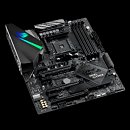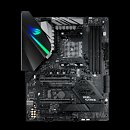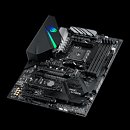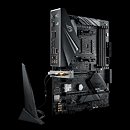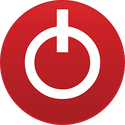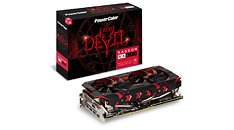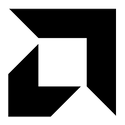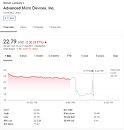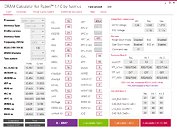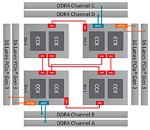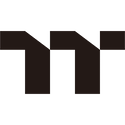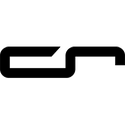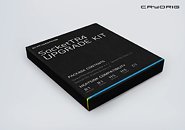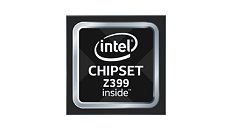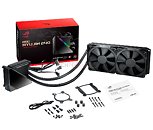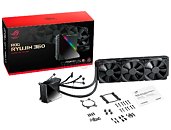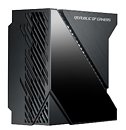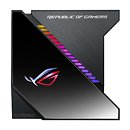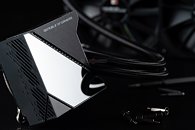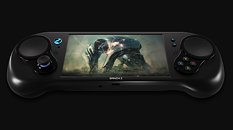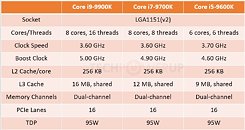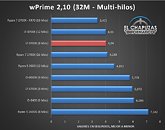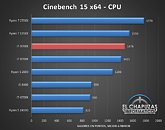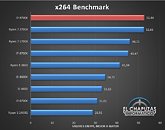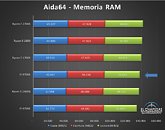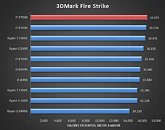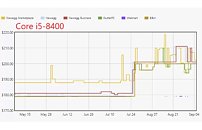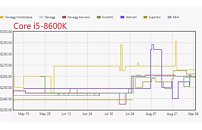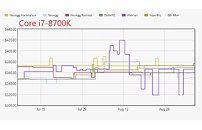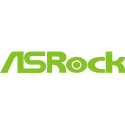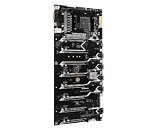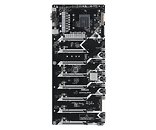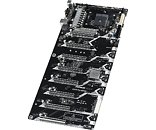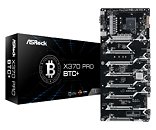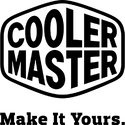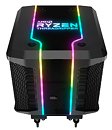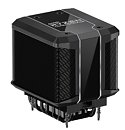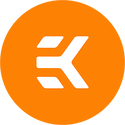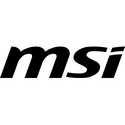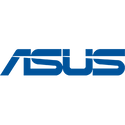
ASUS ROG Strix B450-E Gaming Starts Selling
With multi-GPU on the decline, AMD Ryzen platform buyers are drawn to the mid-range AMD B450 chipset-based motherboards as the chipset still offers CPU overclocking features not available on its Intel counterpart, the B360 Express, helping buyers save money over X470-based products. Motherboard vendors, seeing a potential for enthusiasts seeking out B450, have each launched quasi-premium motherboards based on the chipset, such as the GIGABYTE Aorus B450 Pro, MSI B450 Gaming Pro Carbon, and ASUS ROG Strix B450-F Gaming. ASUS is taking this concept further with the better-endowed new ROG Strix B450-E Gaming. This product is interesting, because ASUS hasn't yet launched a Strix-E SKU based on the AMD X470. The company included a mention of the product in its launch reveal for its AMD B450 motherboard series, and is beginning to roll the product out.
The ASUS ROG Strix B450-E Gaming features a more premium CPU VRM than even the Strix X470-F, with a "12-phase" (likely blind-doubled 8-phase CPU with either blind-doubled 4-phase vSOC or 2+1+1), compared to the B450-F, with its 8-phase (4 CPU + 4 SOC) design. The component quality is a step up from the Strix B450-F, and so are the VRM heatsinks. ASUS added metal reinforcement for two of the board's three PCI-Express x16 slots, although the second and third slots are x4. You also get two M.2-2280 slots, one of which comes with SSD heatsink. Intel i211-AT wired 1 GbE and Intel 9260 802.11ac + Bluetooth 5 WLAN, take care of networking. The onboard audio solution is unchanged from the Strix B450-F. The ROG Strix B450-E Gaming is priced around 149.99€.
The ASUS ROG Strix B450-E Gaming features a more premium CPU VRM than even the Strix X470-F, with a "12-phase" (likely blind-doubled 8-phase CPU with either blind-doubled 4-phase vSOC or 2+1+1), compared to the B450-F, with its 8-phase (4 CPU + 4 SOC) design. The component quality is a step up from the Strix B450-F, and so are the VRM heatsinks. ASUS added metal reinforcement for two of the board's three PCI-Express x16 slots, although the second and third slots are x4. You also get two M.2-2280 slots, one of which comes with SSD heatsink. Intel i211-AT wired 1 GbE and Intel 9260 802.11ac + Bluetooth 5 WLAN, take care of networking. The onboard audio solution is unchanged from the Strix B450-F. The ROG Strix B450-E Gaming is priced around 149.99€.
